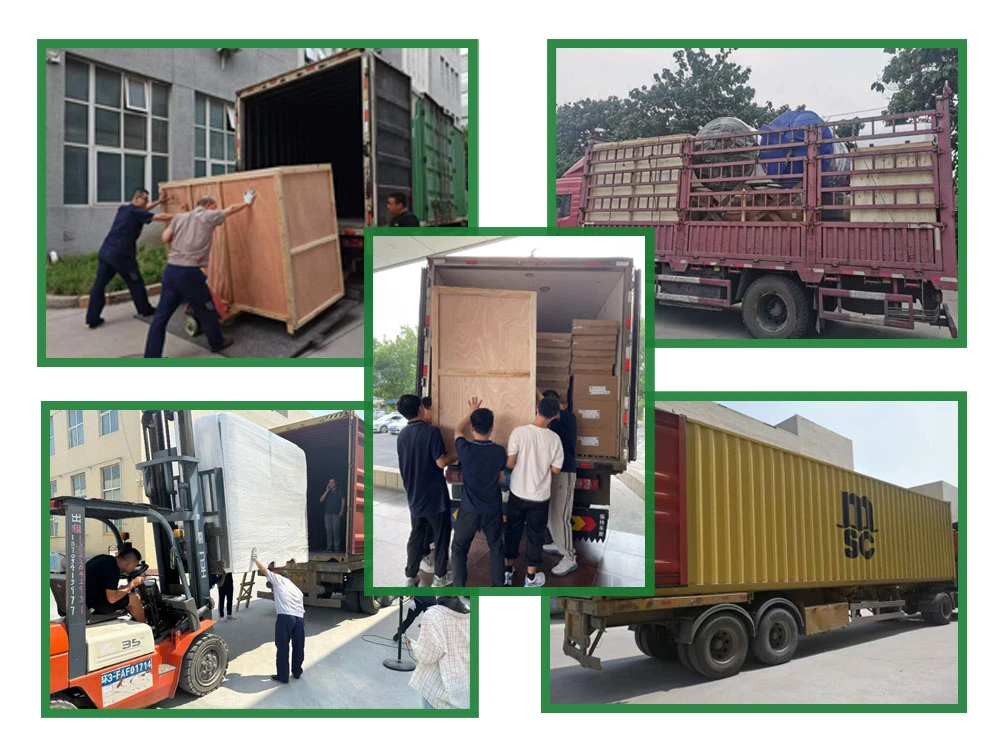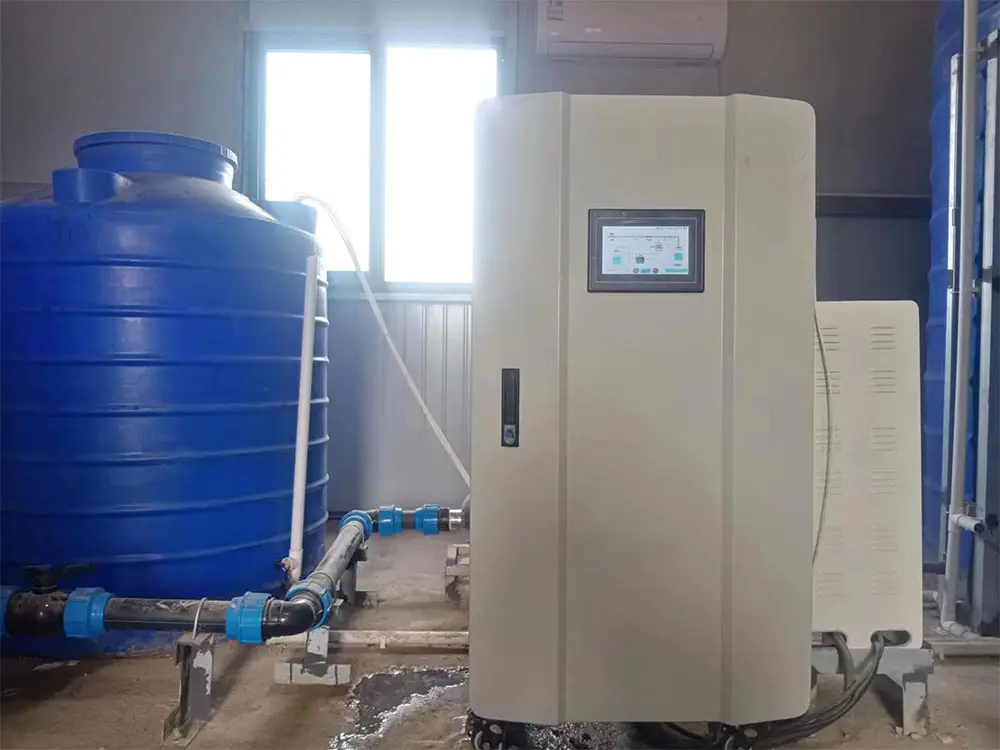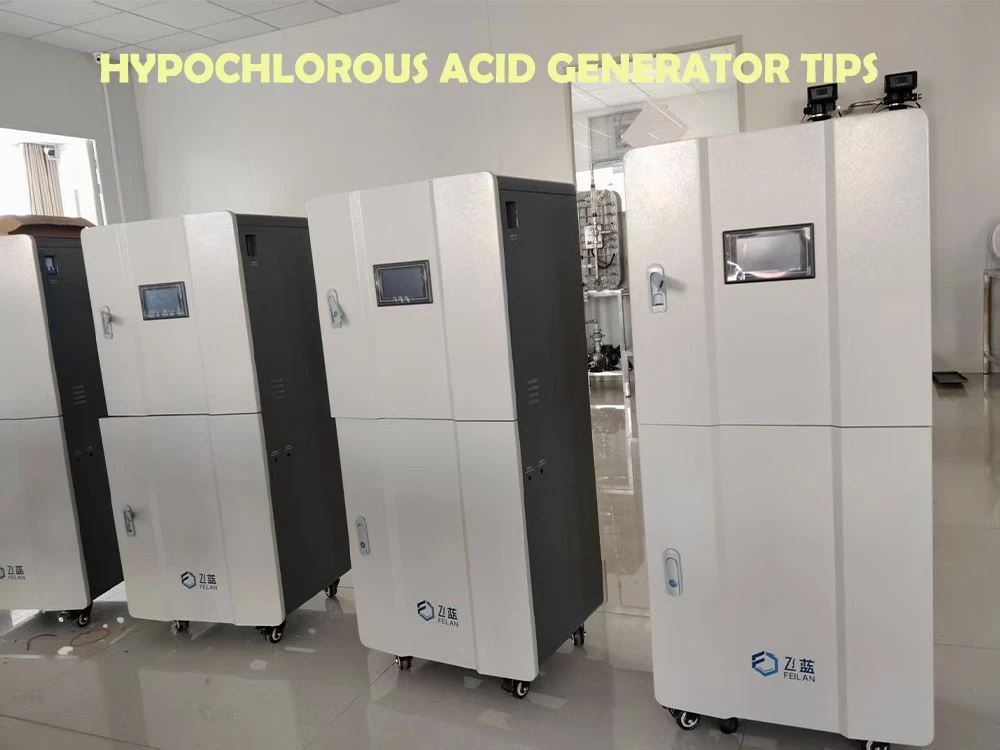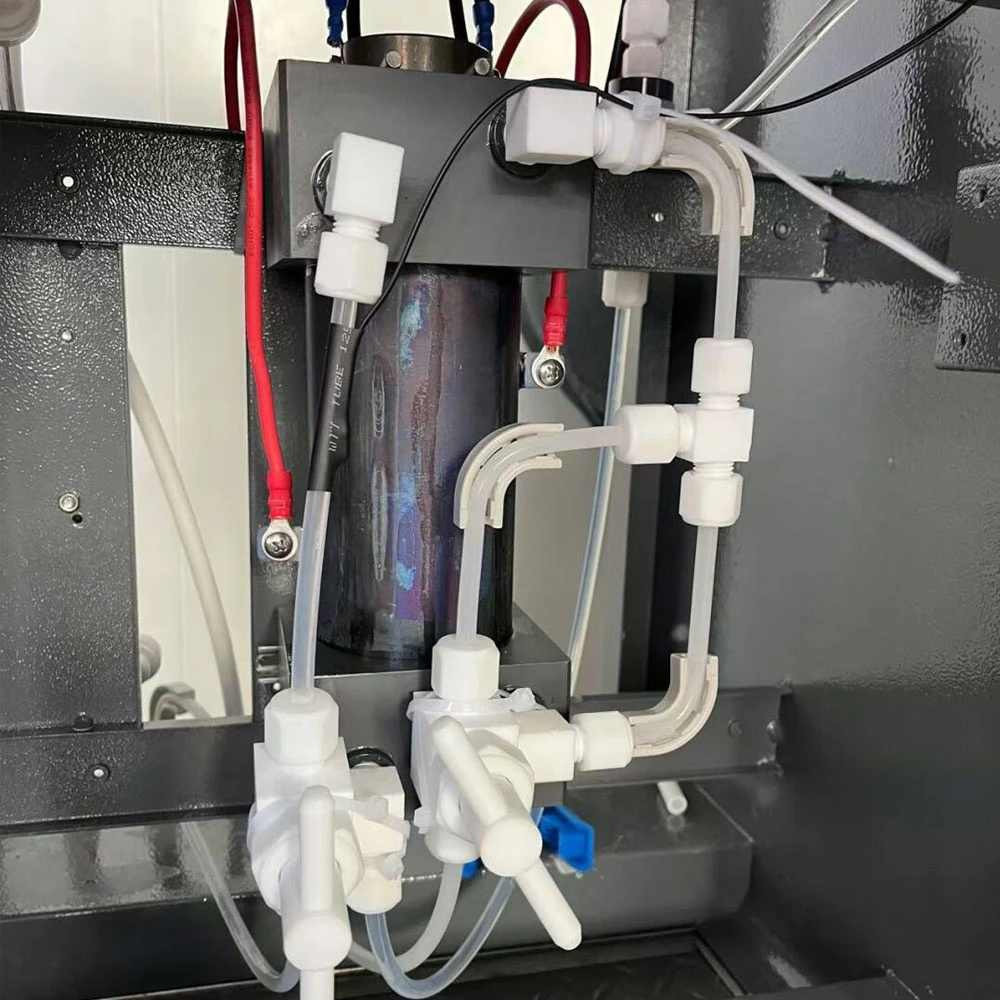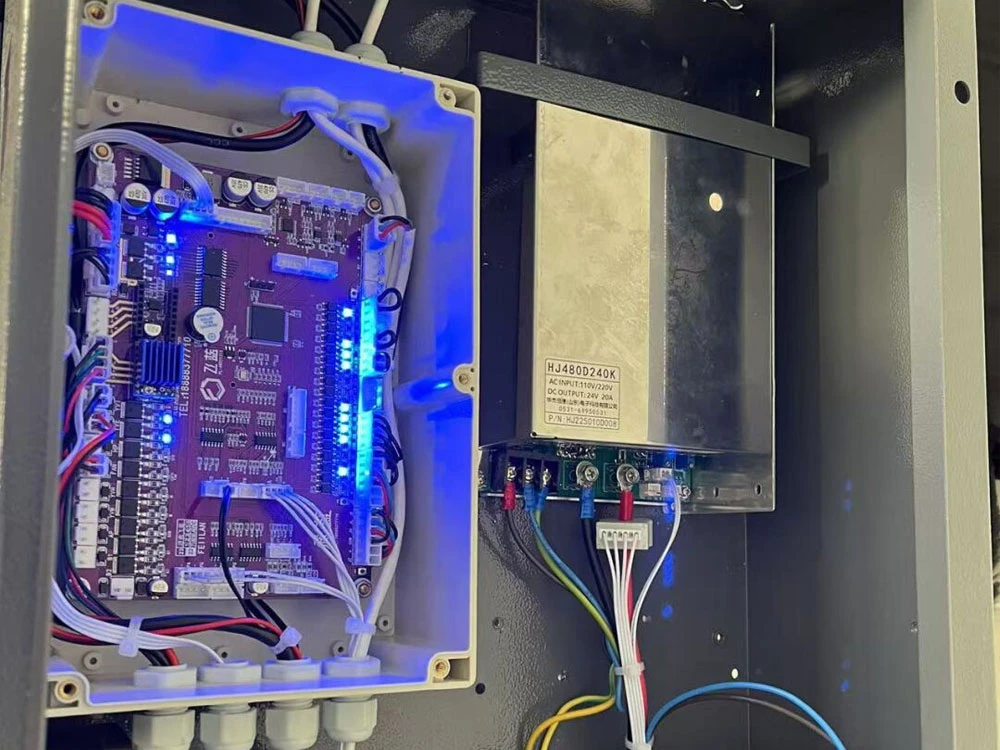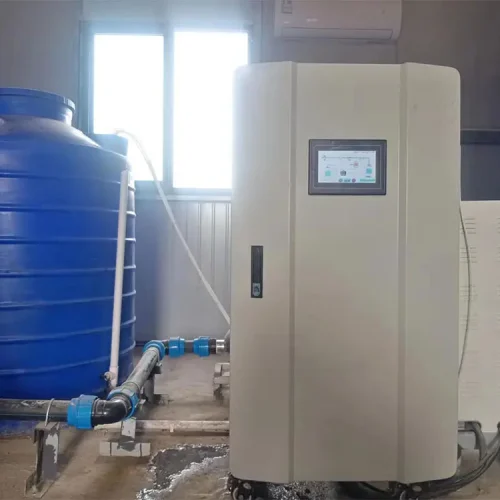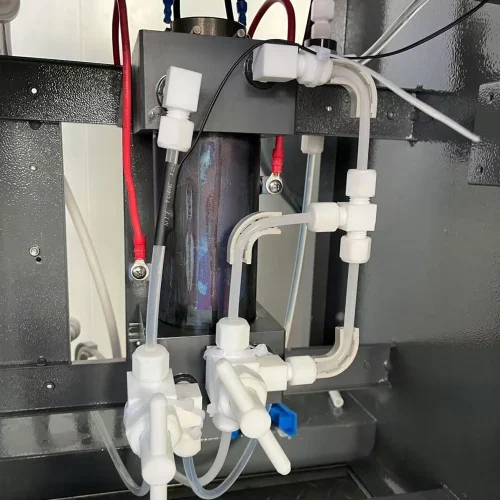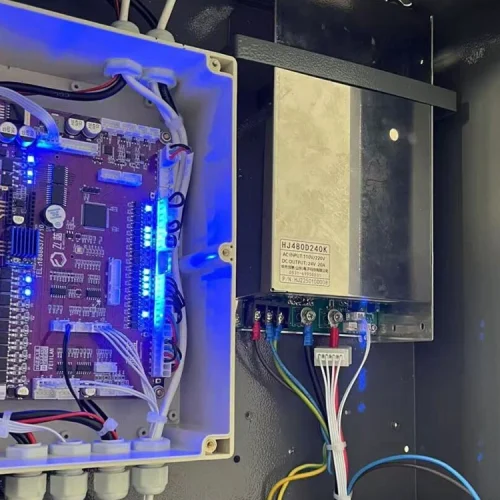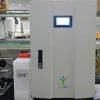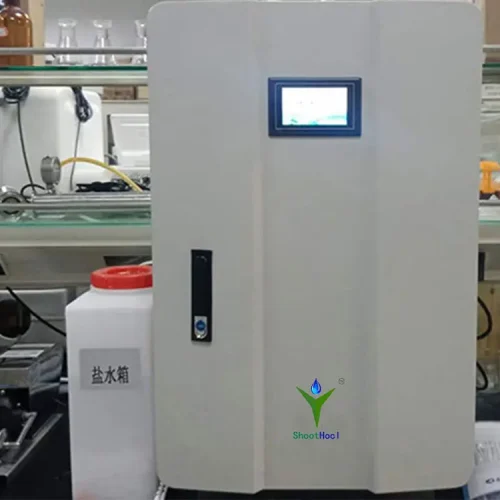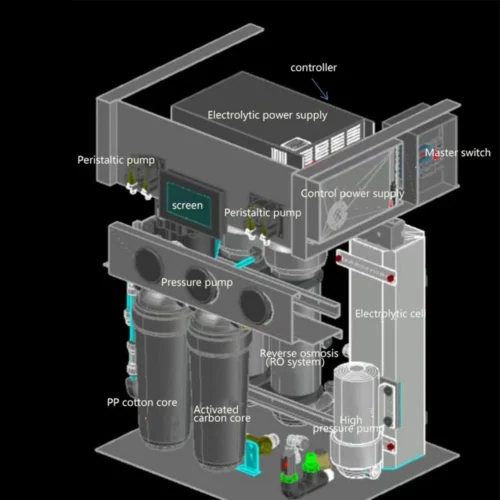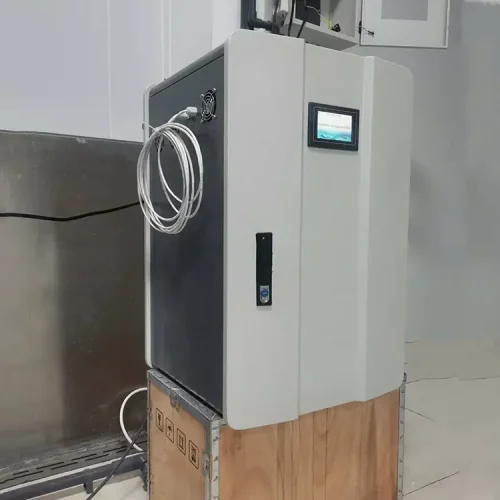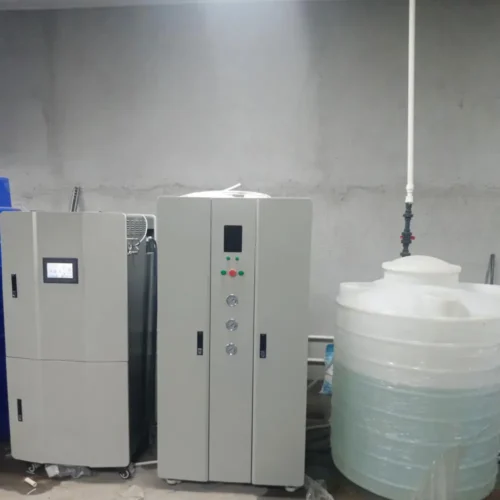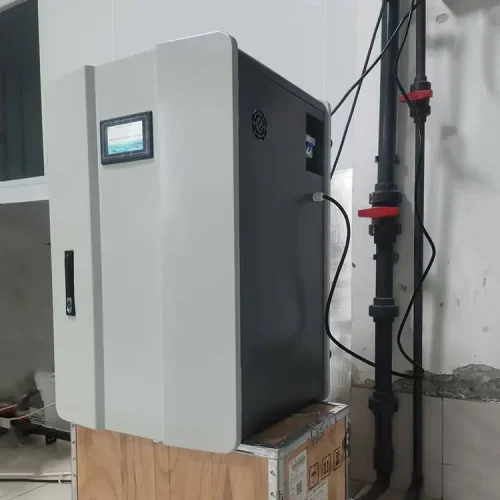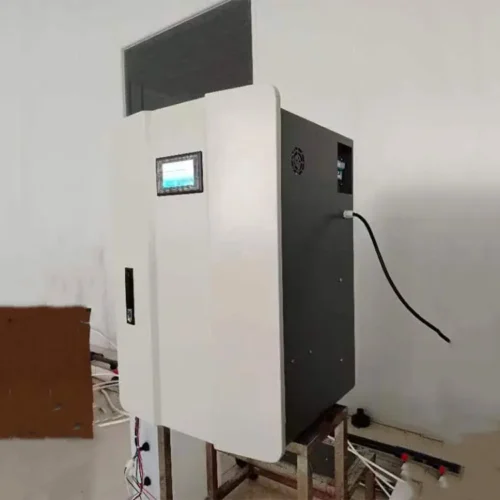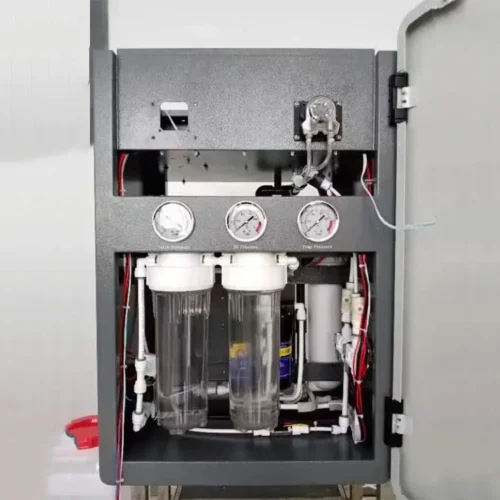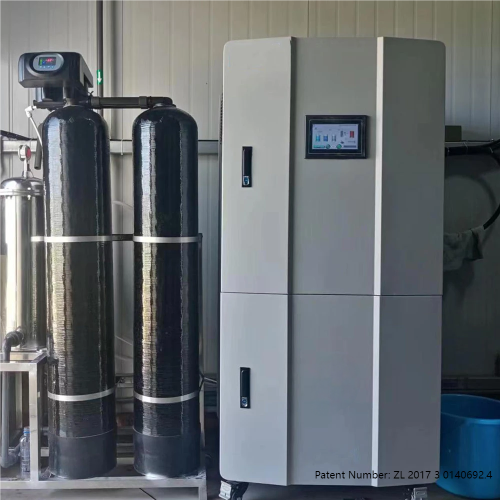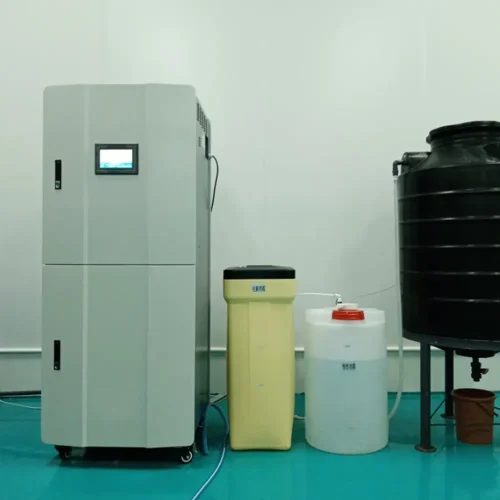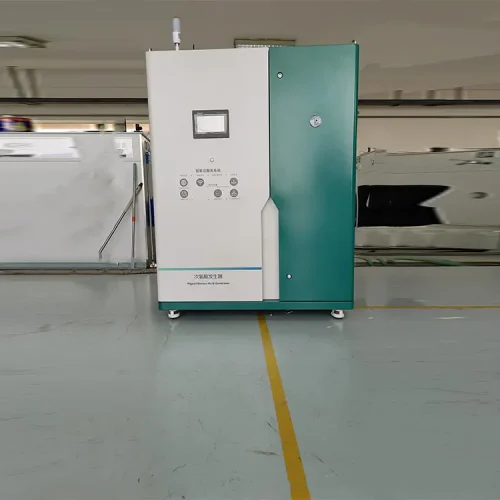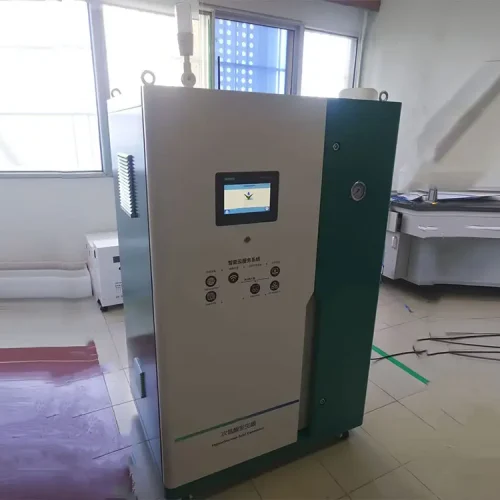In the process of crop growth, pests and diseases are important factors affecting yield and quality.
No matter fungal diseases, such as common downy mildew, powdery mildew, rust, black spot, etc.,
or bacterial diseases, such as streptosis and cataplax, etc., all pose a serious threat to crops.
Numerous studies have shown that acid electrolytic water, the main effective component of which is hypochlorous acid,
has excellent performance in disease prevention and control. It can effectively inhibit the growth and spread of these diseases and pests.
For the healthy growth of crops quote escort. For example, in some vegetable planting bases, after the use of hypochlorous acid for pest control,
the incidence of vegetables has been significantly reduced, and the yield has been significantly increased.
This is because hypochlorous acid has strong oxidation, can destroy the bacterial cell structure, make it inactive,
so as to achieve the bactericidal effect, and compared with traditional pesticides, hypochlorous acid bactericidal broad spectrum,
not easy to make bacteria resistance.
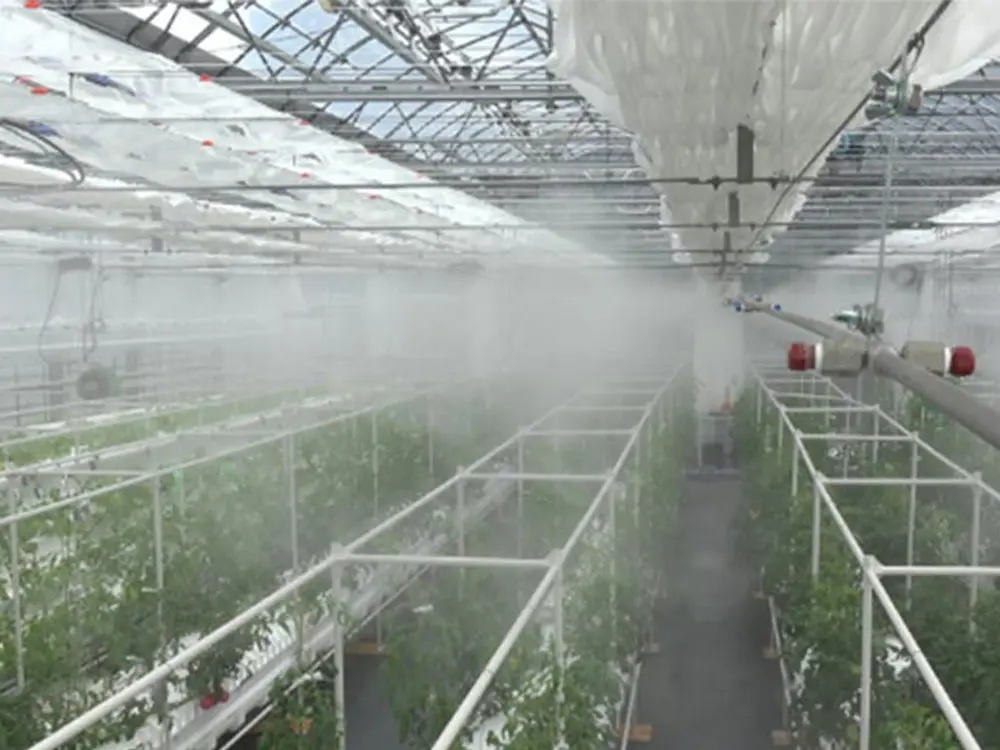
Hypochlorous acid generators are used in agriculture
| Product name | Hypochlorous acid generators are used in agriculture |
|---|---|
| concentration | 50-500PPM |
| Flow rate | 1000L/H |
| PH of acidic water | 5-6.5 |
| Electrolyte | salt(Nacl) or Potassium chloride (KCL) |
| Power | 6200W |
| Concentration | 380V/50Hz |
| Size | 70cm*60cm*175cm |
The application advantage of hypochlorous acid generator in agricultural planting
Hypochlorous acid can improve the pH of soil and break the barrier of contiguity
In modern agricultural cultivation, continuous cropping obstacle is a difficult problem. Planting the same or
closely related crops in successive years will lead to the deterioration of soil physical and chemical properties,
the accumulation of pests and diseases and toxic and harmful substances, which will affect the normal growth of crop roots and reduce its ability
to absorb water and nutrients. Hypochlorous acid electrolysis of water shows a unique advantage in solving this problem.
The newly prepared hypochlorous acid electrolytic water, in addition to containing bactericidal hypochlorous acid,
also contains supersaturated hydrogen, oxygen and some free hydroxyl groups. When it is flushed into the soil,
the supersaturated gas quickly escapes in the form of bubbles, among which hydrogen can penetrate into the pores of the soil by
its smallest molecular structure, while oxygen increases the oxygen content of the soil cavity, adjusts the soil’s aggregate structure to a certain extent,
and improves the soil’s physical and chemical properties such as air permeability and water retention. In the form of free radicals,
functional groups such as hydroxyl can activate the toxic substances accumulated in the soil, so that they can be re-dispersed along the water flow
to reduce the toxic effect. Compared with conventional soil treatment disinfectants (such as sulfur, lime nitrogen), hypochlorous acid electrolytic water
can degrade quickly after disinfection, and transplanting can be carried out without a long treatment interval,
which greatly improves the planting efficiency and provides a new efficient and environmentally friendly way to solve the obstacles of continuous cropping
Hypochlorous acid is used for seed soaking to promote growth and development
Seed is the starting point of crop growth, and the quality of seed treatment directly affects the later growth.
The soaking treatment of most crop seeds before planting can not only screen out the seeds with high activity,
but also shorten the germination time. The use of acidic electrolytic water (hypochlorous acid) to soak seeds has multiple benefits.
On the one hand, it can kill the bacteria and parasite eggs attached to the seed coat, and reduce the risk of disease attack during germination and growth.
On the other hand, hypochlorous acid can improve the permeability of the seed coat, increase the water absorption capacity of the seed,
and promote the growth and development of the germ faster. Taking a rice planting experiment as an example,
the germination rate of rice seeds soaked with hypochlorous acid was 15% higher than that of untreated seeds,
and the seedling growth was more robust and the disease resistance was enhance, which laid a solid foundation for the high yield in the later period.
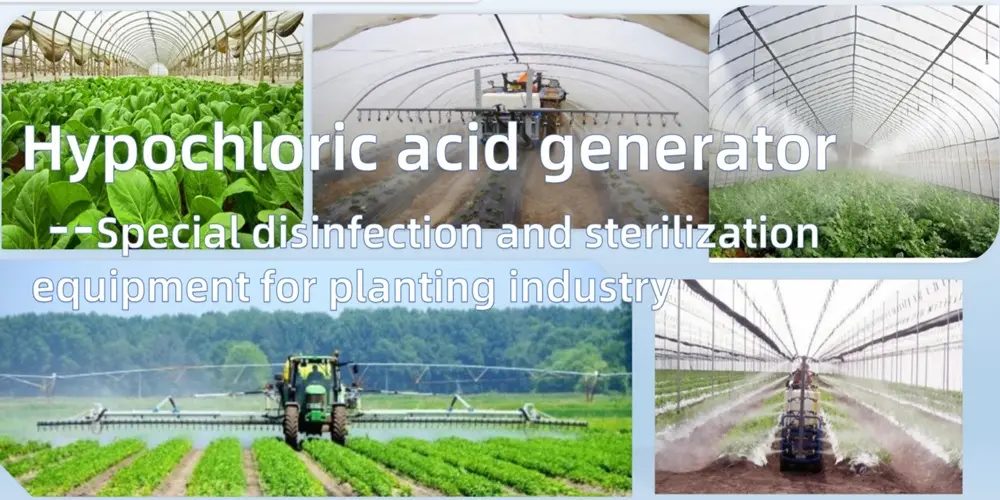
Hypochlorous acid is use for pipeline cleaning to ensure irrigation safety
In agricultural facilities such as greenhouses, after long-term use of irrigation pipelines, various harmful substances such as bacteria,
viruses and parasites contained in the water source will accumulate in the pipelines. If these harmful substances enter farmland with irrigation water,
they will cause potential harm to crops. The use of hypochlorous acid to disinfect irrigation pipelines can effectively kill residual pathogens and
ensure the cleanliness and safety of irrigation water. This is of vital significance to the healthy growth and development of crops and to ensure food safety.
For example, in some large vegetable planting greenhouses, after the regular use of hypochlorous acid for pipeline disinfection,
the incidence of crop diseases caused by unclean irrigation water is greatly reduce, and the quality and yield of vegetables are effectively guarantee.
Reduce drugs and increase efficiency to help green prevention and control
Pesticides play an important role in agricultural production to ensure crop yield, but at the same time, they also bring food safety
and environmental pollution problems. In the process of pesticide use, hypochlorous acid water used to dilute some conventional pesticides
can play a significant synergistic role. The results showed that in the control experiment of gray mold of eggplant,
the best control effect was 68.71% after soaking with hypochlorous acid, and the use of pesticides was also reduce.
This is because hypochlorous acid has strong oxidation, which can enhance the efficacy of pesticides and make them play a better role.
In this way, pesticide pollution to the environment is reduce, pesticide residues in agricultural products are reduce,
and green prevention and control is achieve, which meets consumers’ deman for organic and safe agricultural products
and improves the market competitiveness of agricultural products.
factory strength

Delivery strength
